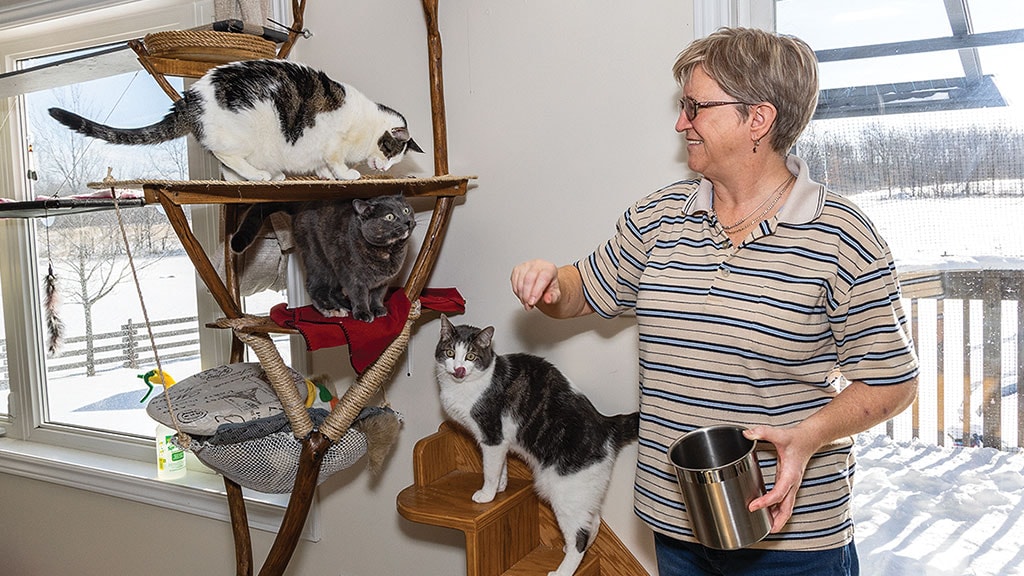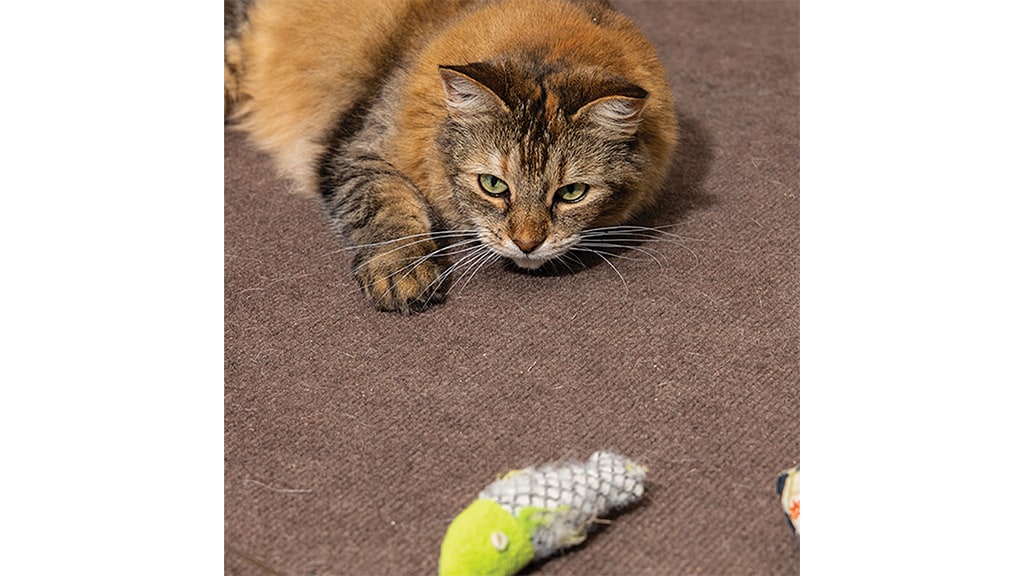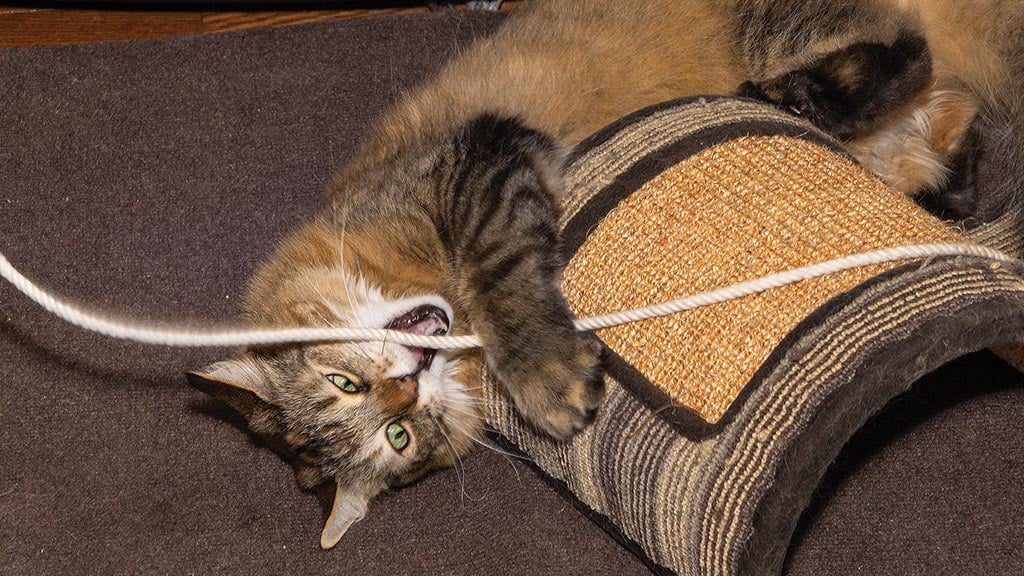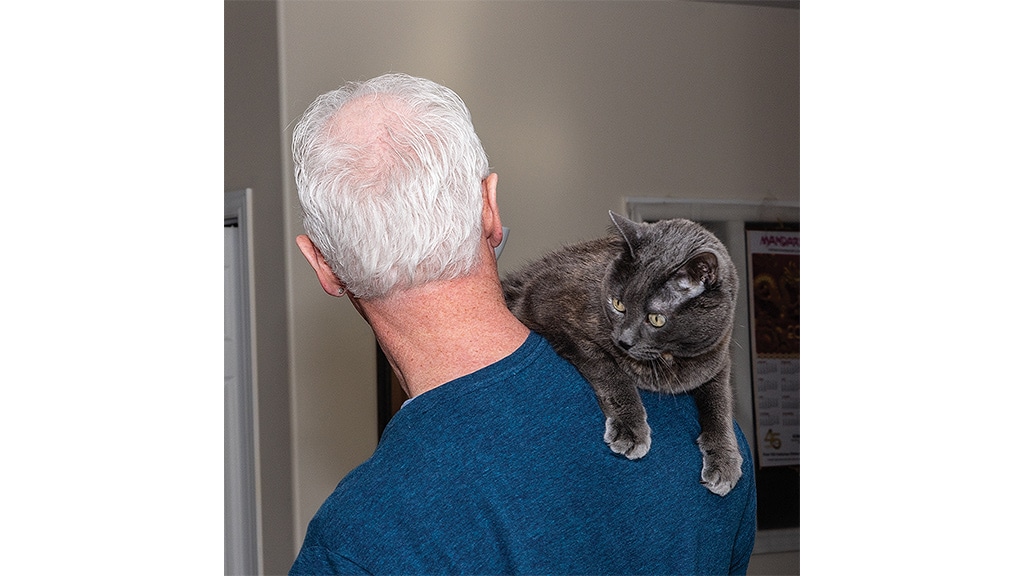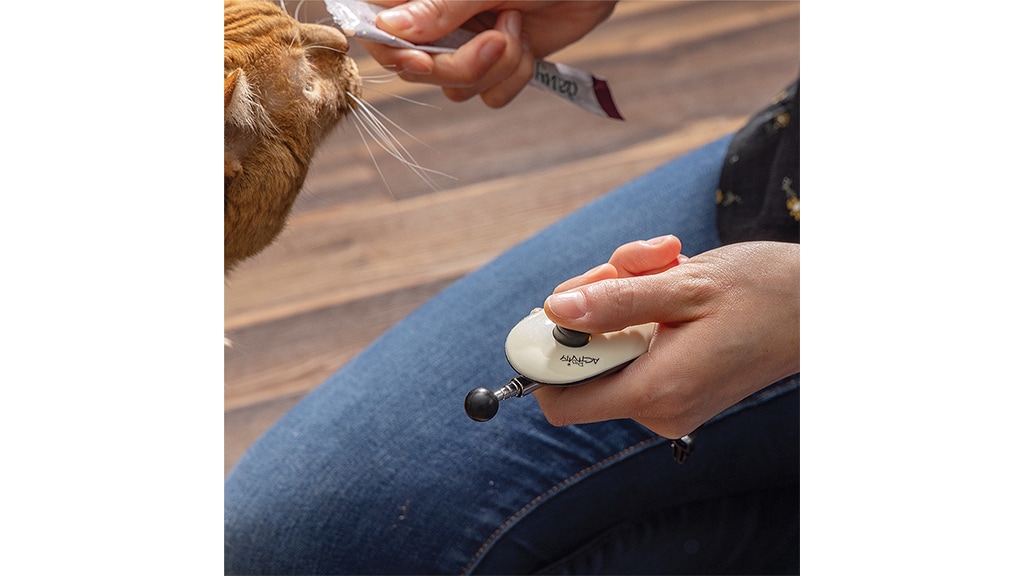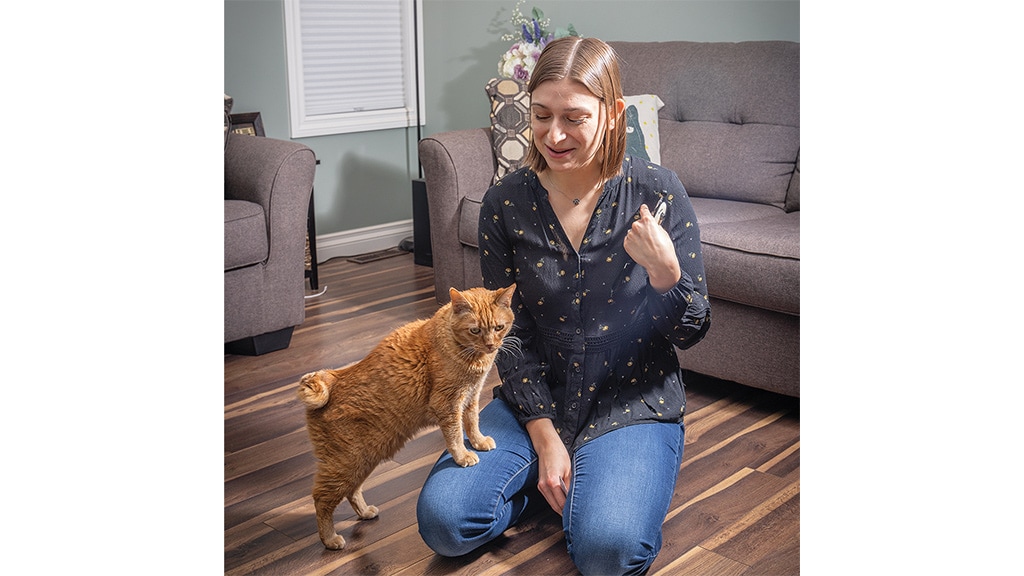
Cats have a certain reputation. They'll destroy your furniture, your plants, and your heirlooms without a shred of contrition. But, if they do, it's likely the owner's fault because cats are as trainable as dogs.
Specialty/Niche June 01, 2024
Lords of the Manor
Cat-proofing your home.
by Lorne McClinton
Six cats over maybe 50 years; I've had a cat for a house mate for much of my life. That's not counting a hundred or so semi-feral barn cats around our farmyard. How is it possible to have had all these cats for all these years and have no idea that you can train them to do almost anything a dog can do? Even the most token, 'how to train a cat,' search on Google or YouTube would have done it. The only reason I don't think I'm the most incompetent cat owner ever is that almost no one else knows they're trainable either.
Cats have a certain reputation. They're the Lords of the Manor and you, human peasants, shouldn't forget it. Sure, they're affectionate, lovable pets, they're the second most common pets after dogs, but they can often be very mischievous, too.
They'll destroy your favorite furniture, uproot your plants, and break your heirlooms without a shred of contrition. If you don't have a shredded couch, do you even own a cat? Cats are troublemakers! But whose fault is that— the cat's or the owner's?
"A lot of the time cats are just left to their own means," says Tori Schlosser, owner of Purrsuasion Cat Behavior Consulting and Training in Regina, Saskatchewan. "But their brains are just as busy as a dog's, they need to be doing things or they get bored. And, when you have a bored cat you've a cat with a lot of behavior problems."
The first step is for cat owners to understand why they are doing what they do and then take action to correct the problem behavior, Schlosser says. It's no different than what people commonly do when they get a new puppy. If you just ignore them and treat them like a piece of furniture that you have to feed and clean up after, the cat could live its entire life being misunderstood, mistreated, and eventually put down.
Above. Most cats are very food-motivated so Barbara and Frank Lundrigan use cat treats to get their cats to do what they want. Cats can be very loving and playful, but their minds are as active as dogs' are, so leaving them to their own devices will often lead to bad behaviors. Tori Schlosser uses clicker training to get cats to relate performing a good behavior to the sound of a click and getting a treat.
Three common concerns. "The three most common problems people reach out to me for are: cats fighting in multi-cat households, being overly-energetic and aggressive towards people, and with litter box issues," Schlosser says. "A lot of what I do is assessing the problem and then teaching them the behaviors you want them to do instead. If they're fighting, I start by building up trust through slow introductions and then showing them there are better things to do in the environment than attacking each other. If it's a litter box problem, the cat is trying to tell you there is something wrong with it and it's up to you to fix it. Perhaps the box is too small, the type of litter you're buying is hurting its paws, or something is making the cat feel too insecure to use them."
Scratching is instinctual behavior for cats and is tied to claw health. If you're trying to get a cat to stop scratching furniture the first step is to protect the furniture by either using double sided tape or by throwing a blanket over it, Schlosser says. The next step is to start showing the cat where it's appropriate for them to scratch and where it's not.
"Place a scratching post up against the furniture where they were scratching it and then train them to use it," Schlosser says. "Anytime you see them sniff it, give them a treat; when they put their paw on it, give them a treat. You could also do more formal training with a clicker."
Clickers are small handheld devices that make a clicking sound when you push a button. If you see the cat sniff the cat tree, push the clicker and give the cat a treat. Do the same when you see them touch a paw to the post or scratch the post to reinforce any positive behavior.
"It could take up to a month of clicker training, for 10 minutes every day, before a cat firmly associates doing a positive behavior with hearing a click and getting a treat," Schlosser says. "It does take a commitment on your part but it's really rewarding for both the cat and the owner."
Once the cat associates the sound of a clicker with getting a reward, the number of tricks and behaviors you can train your cat to do are only limited by your creativity and your time. You can even sign up for cat agility training in some centers but like anything, you can find lots of instruction videos on YouTube as well. Ideally, you'd start when they were kittens, but Schlosser says cats can learn new behaviors throughout their lifetime. Her two beloved kitties, the inspirations for Purrsuasion began training when they were 10 years old!
Hire a pro. If you're struggling with the basics, it might help to turn to a professional for help. Cat trainers are still rare compared to dog trainers, but there are more and more of them around all the time.
"My typical clients are people who see their cats not as just pets, but as family," Schlosser says. "If something's going wrong, they want to help them. I can help with lots of behaviors, but if your cat had an instant change in behavior, it's likely in pain or has other medical concerns and will require the services of a vet." ‡
Read More

AGRICULTURE, SUSTAINABILITY
The Man from Muscotah
Jay Armstrong pays forward the lessons he learned from his ancestors.

AGRICULTURE, SPECIALTY/NICHE
Taste of History
Quebec grower says heirloom varieties' flavor can't be matched.

